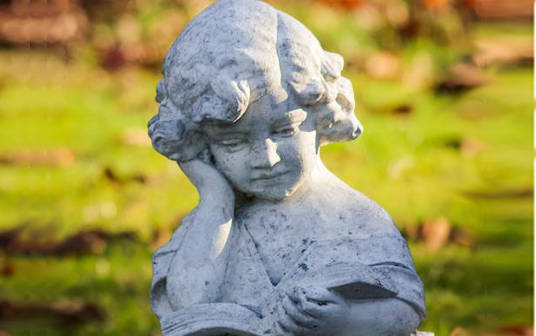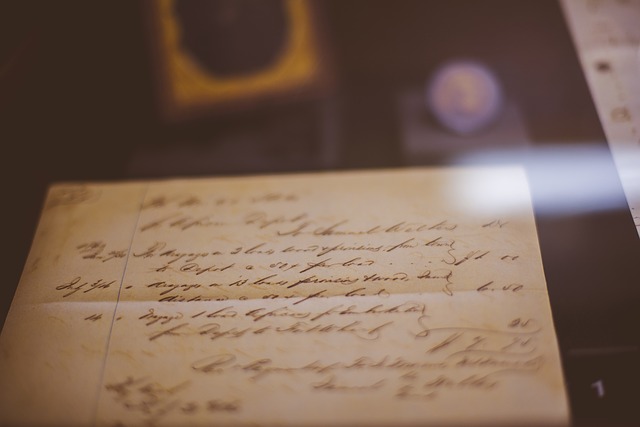Beyond the Flames: The Futility of Suppressing Ideas
Attempts to censor and control the spread of ideas through book bans have been a recurring historical theme. From religious institutions to authoritarian regimes, these attempts demonstrate that banning books often fuels the very fire it intends to extinguish. Not only have book bans throughout history increased the popularity of the targeted titles, but they have also bolstered the ideas and societal change the bans intended to suppress.

The Catholic Church Creates the First Bestseller List
One of the most significant and long-lasting examples of institutional book banning is the Index Librorum Prohibitorum (Index of Prohibited Books), established by the Catholic Church in 1559. The Index was a list of books deemed heretical, anti-clerical, or lascivious, and thus forbidden for Catholics to read. Over the centuries, it included works by some of the most influential thinkers and writers in history, such as Galileo Galilei, Jean-Paul Sartre, and Voltaire.
The Church's intention behind the Index was clear: to preserve the purity of the Catholic faith and protect believers from ideas that could lead them astray. The works of almost every philosopher was included in the index. While in some cases, the list made it difficult to acquire some titles, the end result was often not the suppression of these ideas but their amplification. Being listed on the Index later served as a badge of honor for authors and their works, marking them as dangerous or revolutionary and attracting readers' curiosity.
The Catholic Church officially ceased compiling the Index in 1966 following the Second Vatican Council. Although the Church did not officially acknowledge that the Index had the unintended effect of promoting the very books it sought to suppress, there was an implicit understanding that banning books often drew more attention to them.
Banned Books Have Sparked Social Change
During the 19th and 20th centuries, several high-profile attempts were made to ban books that highlighted social injustices of the time.
The most well-known of these books was an abolitionist-themed novel, the first American book to sell over a million copies. It has been reported that when Abraham Lincoln first met Harriet Beecher Stowe in 1862, he greeted her, saying, “So you're the little woman who wrote the book that made this great war!” Although the story is likely apocryphal, the anecdote highlights the impact of her novel, Uncle Tom's Cabin, on the national conversation about slavery.
While the book sold thousands of copies in the northern United States, the response in the South was frequently outraged and filled with invective. A bookseller in Mobile, Alabama, was run out of town by vigilantes for daring to display the book in his shop window, and stories of boxes of the book being burned were reported by Dr. Parsons, a northerner travelling through the South. In 1857, a free black man was sentenced to ten years in prison for possession of the book in Maryland, the novel being deemed to be “insurrectionary in intent” under the 1841 Legislative Act.
Stowe also received a significant amount of threatening mail for writing the book, including one gruesome package sent in containing the severed ear of a slave, together with a card deriding her abolitionist stance.
Historians from both the North and South have credited Uncle Tom's Cabin as a significant factor that contributed to the Civil War and the eventual emancipation of slaves in America, despite the book facing threats and suppression.
Nearly ninety years later, another book faced regional censorship for exposing societal injustice.
John Steinbeck's 1939 classic, The Grapes of Wrath, was an instant bestseller. Still, the novel was banned and burned in several parts of the United States, particularly in California, where it was criticized for depicting the economic hardships and social injustices experienced by agricultural workers.
The Kern County Board of Supervisors denounced the book as libellous and voted to ban it from libraries and schools in the county. The local Associated Farmers organization supported the ban and staged a photo op of one of its members burning the book.
The efforts to suppress the message of Steinbeck's novel only drew more attention to the book and the issues it addressed , so much so that by the time the county finally rescinded the ban, those who had previously voted for it claimed they had only done so to raise awareness and help Steinbeck promote the title.
The Grapes of Wrath helped raise public awareness of the need for social justice for workers during the Great Depression's widespread economic hardship, which helped support legislative efforts to improve conditions for farm laborers.
Books like Uncle Tom's Cabin and The Grapes of Wrath have demonstrated the power of literature to drive social progress, even in the face of censorship. Other notable examples include To Kill A Mockingbird by Harper Lee, 1984 by George Orwell, and The Diary of a Young Girl by Anne Frank. These works have used the written word to challenge social injustices and inspire change, despite efforts to suppress their messages.
Read These Next
A Crash Course in Submitting a Children’s Book Manuscript
Whether you’re a pro at manuscript submission or a novice hoping to send off your first, a reminder of some of the basics of submitting a manuscript to a children’s book publisher is always welcome.
How To Make Money With Poetry
While paying your bills with your poems might be an improbable goal, if you think out-of-the-box it might not be an impossible one.
How Hardback Book Binding Works
Have you ever wondered how hardback book binding works? David Granoff explains how book printers and binderies put a hardcover book together.






